Nordic Ski-touring Expedition ‘Blue Hardangervidda 2006’, Norway, February 2006
Oxford University Officers Training Corps
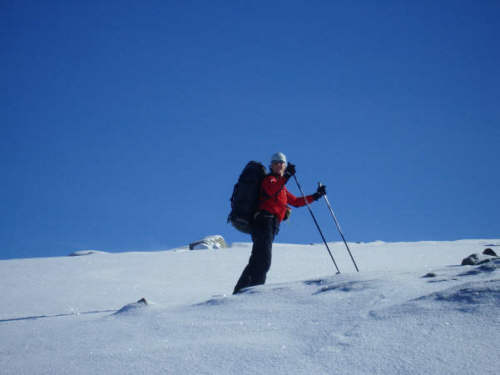 |
The main part of this expedition
was a ski-tour across the Hardangervidda plateau, a distance of some 120
km. This was no easy task, given that one member of the team had never
Nordic skied before, and the others had only done a few weeks. We started
the trek in Finse, a small settlement on the edge of the plateau, in the
north. We stayed in huts along the way, which were mostly unmanned. The
terrain was, to start with, gently rolling and fairly easy going, crossing
many frozen lakes. The first day was fairly slow, however, as we all had
to adjust to skiing with a rucksack, which alters the balance a lot. The
second day, whilst technically relatively straightforward, was a long
distance to cover and so physical endurance came to the fore, as we
stopped little for want of time. By the third day everybody was getting
the hang of it more, and the scenery became more interesting as mountains
appeared, and we started climbing up to cols rather than simply over low
hills.
We gradually became more aware of the risks, and ways to prevent problems, inherent in winter conditions. We learnt about the different causes of avalanches, and the way snow changes over time. Moreover, although for the most part we had beautiful clear weather, at the start of one day it was very misty and snowing gently. The need for careful navigation, and for awareness of the dangers, soon became clear - simply with a bit of mist it could become difficult to differentiate between snow and sky! We all practised navigating, which can be quite tricky even in clear weather, as most features are covered or altered by the snow, and there is no visible path. Breaking trail was a particularly exhausting job, as you often had to wade through thick drifts of snow. As we were out on our own in the wilderness, it was important that we all worked together as a team, and got on well together. We were a small group and saw very few other people for several days. In the middle of the trek we were self-reliant in terms of cooking and finding water, as the huts were unmanned. We managed to avoid getting on each other’s nerves, and indeed gelled as a team pretty well. Physically the tour was pretty tough. We all found it hard adjusting to skiing with weight on your back; it certainly makes it harder to pick yourself up again after wiping out! Moreover, it became clear how important morale and mental endurance is as a support to physical fitness. Since we were more or less skiing one behind the other in a single set of tracks, there was little opportunity for talk along the way. On the longer days we stopped little, and so it was crucial to keep your (and others’) spirits up. Although only two members of the team took part in the Birkerbeiner race, that too was an enormous feat of physical endurance and willpower. Overall, the expedition was a real challenge, in many different ways, to everyone in the group. It combined a difficult physical test with the challenges of working as a team to support each other, and stay safe and mentally prepared.
|
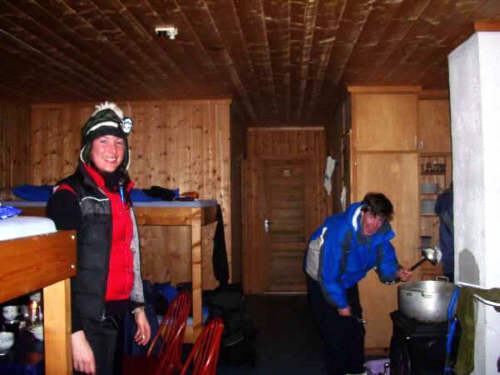 |
|
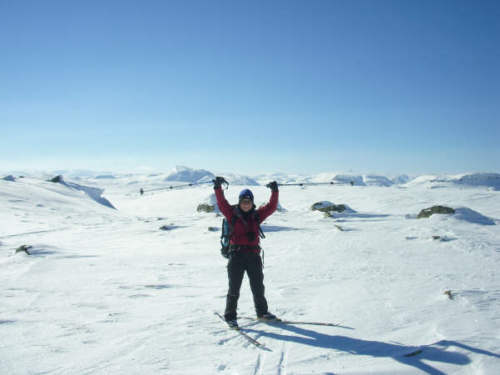 |
|
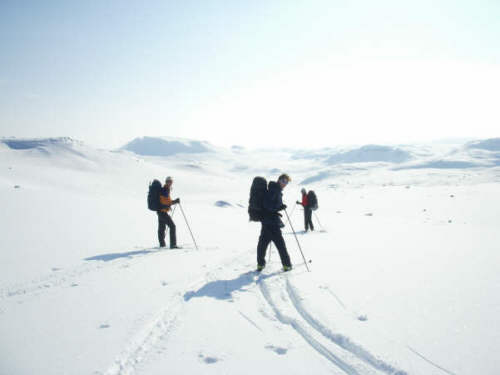 |
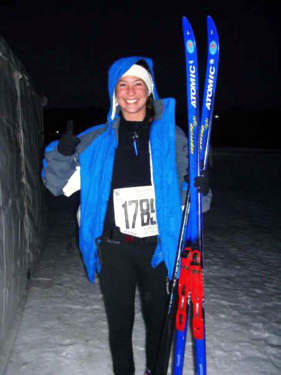 |